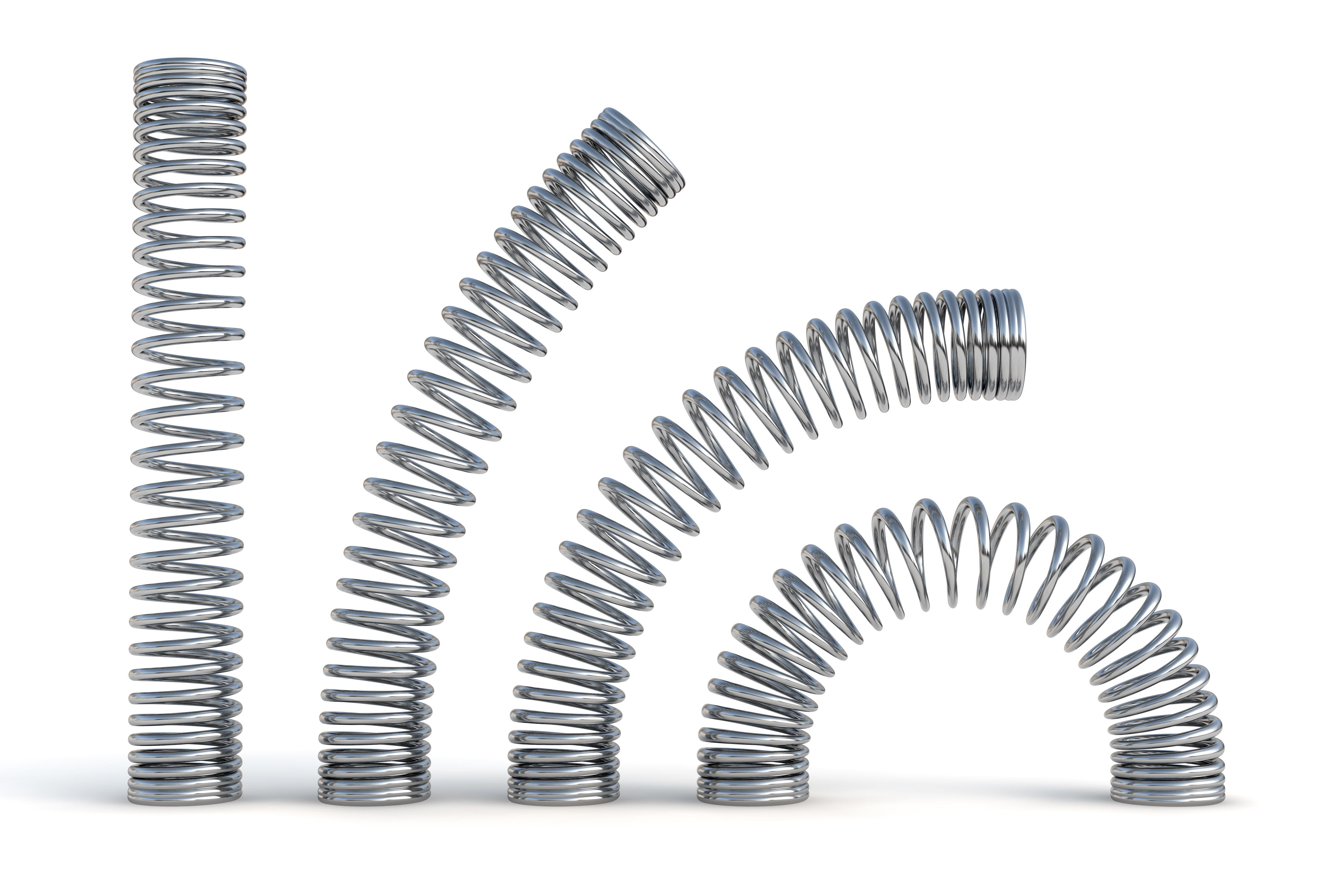The importance of gas springs
Contents |
Introduction
Utilising a compressed gas, gas springs are confined within a cylinder and compressed by a piston in order to exert force. They offer a multitude of uses, ensuring that day to day tasks are made easier and more efficient.
From standard to conventional and lockable gas springs, there is a wide variety of designs that are sure to fit any requirement and project.
Conventional gas springs
When there is a need to control the opening and closing of hatches on places such as hoods of cars, conventional gas springs are the best choice. They allow for heavy units to easily be lifted by hand and for expert equipment control.
Conventional gas springs have a wide variety of uses in many applications, such as:
- Windows.
- Ventilation apertures.
- Beds.
- Chairs.
- Machinery and tools.
Lockable gas springs
Should you wish to lock the stroke at a determined position without making use of external locking mechanisms, lockable gas springs are ideal. Examples of applications for these springs are when there is a need for variable adjustment for ergonomic factors:
Standard gas springs
These springs are typically extended, self-contained devices that generate forces. They are composed of a rod attached to a piston with a hole, which moved in a sealed cylinder. This cylinder has nitrogen in a high pressure that produces force in extension.
Expert spring manufacturers are capable of producing unlimited choices for standard gas springs, with a wide variety of uses.
Forms and features
To build recoil buffers and air guns, a ‘quick gas spring’ is needed, as it allows for fast operation. To adjust the characteristics of a gas spring, the gas volume can be reduced in order to increase the internal pressure. This is done either through allowing for one tube to slide over another or through a movable end stop.
CAD design and bespoke solutions
CAD design is invaluable to create gas springs with a specific force, with any needed springs’ length whether compressed or extended. This automated process of designing springs allows for increased accuracy and decreased human error. Manufacturing becomes more efficient through expert simulation of designs, with virtual constructions of products allowing for more accurate design testing.
In addition, CAD design also makes handling products safer, as they are primarily viewed through a 3D model that can be moved around in every direction. This software also allows for the industry to better communicate, sharing ideas and knowledge that helps to advance the sector and make communities safer.
With designs being submitted to clients before the final stage of production, shipping and construction costs are reduced. CAD design streamlines all processes of engineering design for an optimum industry and projects.
Related articles on Designing Buildings Wiki
- Actuator.
- Compression springs.
- E-spring.
- How gas springs work.
- Key qualities of springs.
- Spring materials.
- Using Springs in Construction to Prevent Disaster.
- Valves.
--European Springs and Pressings Ltd 09:52, 24 Jul 2017 (BST)
Featured articles and news
RTPI leader to become new CIOB Chief Executive Officer
Dr Victoria Hills MRTPI, FICE to take over after Caroline Gumble’s departure.
Social and affordable housing, a long term plan for delivery
The “Delivering a Decade of Renewal for Social and Affordable Housing” strategy sets out future path.
A change to adoptive architecture
Effects of global weather warming on architectural detailing, material choice and human interaction.
The proposed publicly owned and backed subsidiary of Homes England, to facilitate new homes.
How big is the problem and what can we do to mitigate the effects?
Overheating guidance and tools for building designers
A number of cool guides to help with the heat.
The UK's Modern Industrial Strategy: A 10 year plan
Previous consultation criticism, current key elements and general support with some persisting reservations.
Building Safety Regulator reforms
New roles, new staff and a new fast track service pave the way for a single construction regulator.
Architectural Technologist CPDs and Communications
CIAT CPD… and how you can do it!
Cooling centres and cool spaces
Managing extreme heat in cities by directing the public to places for heat stress relief and water sources.
Winter gardens: A brief history and warm variations
Extending the season with glass in different forms and terms.
Restoring Great Yarmouth's Winter Gardens
Transforming one of the least sustainable constructions imaginable.
Construction Skills Mission Board launch sector drive
Newly formed government and industry collaboration set strategy for recruiting an additional 100,000 construction workers a year.
New Architects Code comes into effect in September 2025
ARB Architects Code of Conduct and Practice available with ongoing consultation regarding guidance.
Welsh Skills Body (Medr) launches ambitious plan
The new skills body brings together funding and regulation of tertiary education and research for the devolved nation.
Paul Gandy FCIOB announced as next CIOB President
Former Tilbury Douglas CEO takes helm.
UK Infrastructure: A 10 Year Strategy. In brief with reactions
With the National Infrastructure and Service Transformation Authority (NISTA).
























